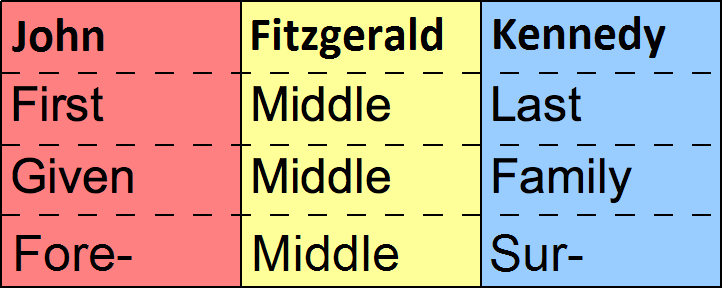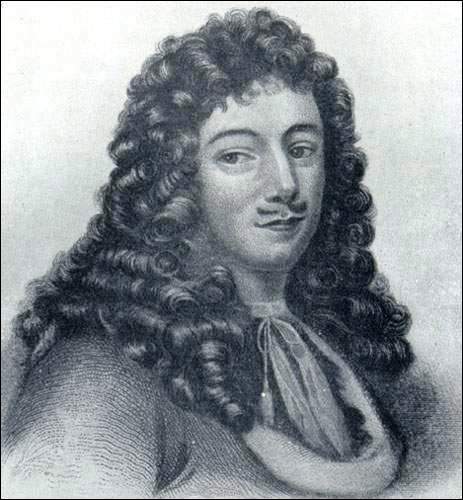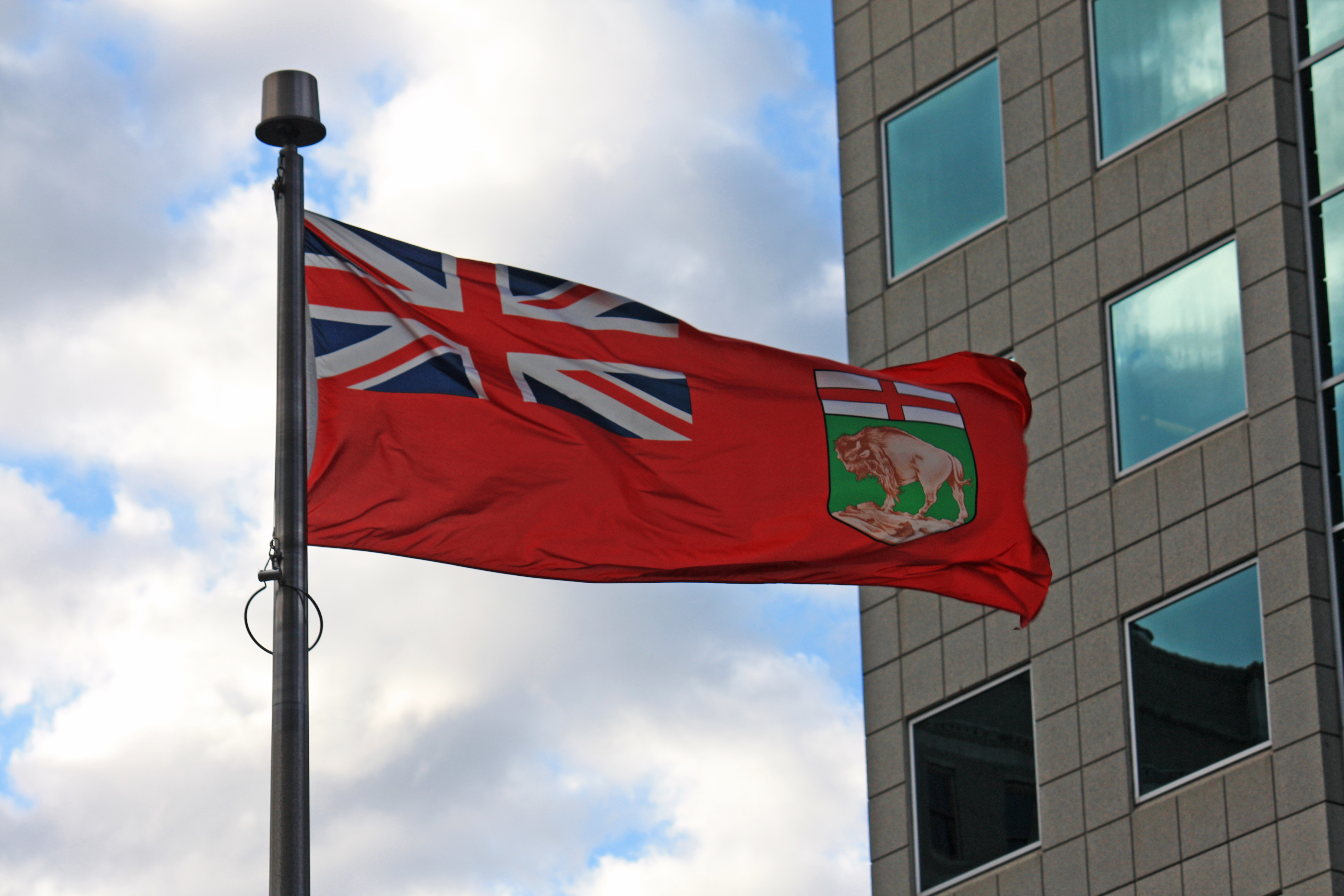|
Dit Name
The ''dit'' name ( ) was a common French-Canadian custom by which families often adopted an alternate surname. They were also used in France, Italy, and Scotland. The practice lasted until the 19th century, and in a few cases into the 20th century. The ''dit'' name poses challenges for genealogists confronted with different surnames in different documents, particularly if they are not familiar with the custom. ''Dit'' and the feminine form ''dite'' translate as "called" and are the past participle of the French verb ''dire'', "to say". A name such as Adolphe Guillet ''dit'' Tourangeau can translate as "Adolphe Guillet, called Tourangeau", where both "Guillet" and "Tourangeau" are used as surnames, sometimes together and sometimes individually in different situations. The ''dit'' name carried the same legal weight as the original family name with regard to land transfers and the naming of children. ''Dit'' names developed for a variety of reasons, such as distinguishing one fam ... [...More Info...] [...Related Items...] OR: [Wikipedia] [Google] [Baidu] |
French Canada
Francophone Canadians or French-speaking Canadians are citizens of Canada who speak French, and sometimes refers only to those who speak it as their first language. In 2021, 10,669,575 people in Canada or 29.2% of the total population spoke French, including 7,651,360 people or 20.8% who declared French as their mother tongue. Distribution Six million French-speaking Canadians reside in Quebec, where they constitute the main linguistic group, and another one million reside in other Canadian regions. The largest portion of Francophones outside Quebec live in Ontario, followed by New Brunswick, but they can be found in all provinces and territories. The presence of French in Canada comes mainly from French colonization in America that occurred in the 16th to 18th centuries. Francophones in Canada are not all of French Canadian or French descent, particularly in the English-speaking provinces of Ontario and Western Canada. A few Canadians of French Canadian or French origin are ... [...More Info...] [...Related Items...] OR: [Wikipedia] [Google] [Baidu] |
Surname
In many societies, a surname, family name, or last name is the mostly hereditary portion of one's personal name that indicates one's family. It is typically combined with a given name to form the full name of a person, although several given names and surnames are possible in the full name. In modern times most surnames are hereditary, although in most countries a person has a right to name change, change their name. Depending on culture, the surname may be placed either at the start of a person's name, or at the end. The number of surnames given to an individual also varies: in most cases it is just one, but in Portuguese-speaking countries and many Spanish-speaking countries, two surnames (one inherited from the mother and another from the father) are used for legal purposes. Depending on culture, not all members of a family unit are required to have identical surnames. In some countries, surnames are modified depending on gender and family membership status of a person. C ... [...More Info...] [...Related Items...] OR: [Wikipedia] [Google] [Baidu] |
Genealogy
Genealogy () is the study of families, family history, and the tracing of their lineages. Genealogists use oral interviews, historical records, genetic analysis, and other records to obtain information about a family and to demonstrate kinship and pedigrees of its members. The results are often displayed in charts or written as narratives. The field of family history is broader than genealogy, and covers not just lineage but also family and community history and biography. The record of genealogical work may be presented as a "genealogy", a "family history", or a " family tree". In the narrow sense, a "genealogy" or a " family tree" traces the descendants of one person, whereas a "family history" traces the ancestors of one person, but the terms are often used interchangeably. A family history may include additional biographical information, family traditions, and the like. The pursuit of family history and origins tends to be shaped by several motives, including the des ... [...More Info...] [...Related Items...] OR: [Wikipedia] [Google] [Baidu] |
Past Participle
In linguistics, a participle (; abbr. ) is a nonfinite verb form that has some of the characteristics and functions of both verbs and adjectives. More narrowly, ''participle'' has been defined as "a word derived from a verb and used as an adjective, as in a ''laughing face''". "Participle" is a traditional grammatical term from Greek and Latin that is widely used for corresponding verb forms in European languages and analogous forms in Sanskrit and Arabic grammar. In particular, Greek and Latin participles are inflected for gender, number and case, but also conjugated for tense and voice and can take prepositional and adverbial modifiers. Cross-linguistically, participles may have a range of functions apart from adjectival modification. In European and Indian languages, the past participle is used to form the passive voice. In English, participles are also associated with periphrastic verb forms ( continuous and perfect) and are widely used in adverbial clauses. In no ... [...More Info...] [...Related Items...] OR: [Wikipedia] [Google] [Baidu] |
Adolphe Guillet Dit Tourangeau
Adolphe-Elzéar Guillet dit Tourangeau (January 15, 1831 – October 8, 1894) was a notary and political figure in Quebec, Canada. He was a Conservative member of the House of Commons of Canada representing Quebec East from 1870 to 1874. He also served two terms as mayor of Quebec City. Biography He was born in Quebec City, Lower Canada in 1831 and studied at the Petit Séminaire de Québec. He articled as a notary, studied law at Université Laval and qualified as a notary in 1855. He set up practice in Quebec City, also serving as an agent for several insurance companies. He was a director for the North Shore Railway and the Quebec and Gosford Railway, later the Quebec and Lake St. John Railway. In 1863, he was elected to city council and he served as mayor from 1863 to 1866. During his time as mayor, a regular ferry service was established between Quebec City and Lévis. Tourangeau attempted to have the walls separating Quebec City's Upper Town and Lower Town demolished, ... [...More Info...] [...Related Items...] OR: [Wikipedia] [Google] [Baidu] |
Double-barrelled Name
A double-barrelled name is a type of compound surname, typically featuring two words (occasionally more), often joined by a hyphen. Notable people with double-barrelled names include Winnie Madikizela-Mandela, Julia Louis-Dreyfus, and Beyoncé Knowles-Carter. In the Western tradition of surnames, there are several types of double surname (or double-barrelled surname). If the two names are joined with a hyphen, it may also be called a hyphenated surname. The word "barrel" possibly refers to the barrel of a shotgun, as in " double-barreled shotgun" or " double-barreled rifle". In British tradition, a double surname is heritable, usually taken to preserve a family name that would have become extinct due to the absence of male descendants bearing the name, connected to the inheritance of a family estate. Examples include Harding-Rolls, Stopford-Sackville, and Spencer-Churchill. In Spanish tradition, double surnames are the norm and not an indication of social status. Peopl ... [...More Info...] [...Related Items...] OR: [Wikipedia] [Google] [Baidu] |
New France
New France (, ) was the territory colonized by Kingdom of France, France in North America, beginning with the exploration of the Gulf of Saint Lawrence by Jacques Cartier in 1534 and ending with the cession of New France to Kingdom of Great Britain, Great Britain and History of Spain (1700–1808), Spain in 1763 under the Treaty of Paris (1763), Treaty of Paris. A vast viceroyalty, New France consisted of five colonies at its peak in 1712, each with its own administration: Canada (New France), Canada, the most developed colony, which was divided into the districts of Quebec (around what is now called Quebec City), Trois-Rivières, and Montreal; Hudson Bay; Acadia in the northeast; Terre-Neuve (New France), Terre-Neuve on the island of Newfoundland (island), Newfoundland; and Louisiana (New France), Louisiana. It extended from Newfoundland to the Canadian Prairies and from Hudson Bay to the Gulf of Mexico, including all the Great Lakes of North America. The continent-traversing ... [...More Info...] [...Related Items...] OR: [Wikipedia] [Google] [Baidu] |
Paris
Paris () is the Capital city, capital and List of communes in France with over 20,000 inhabitants, largest city of France. With an estimated population of 2,048,472 residents in January 2025 in an area of more than , Paris is the List of cities in the European Union by population within city limits, fourth-most populous city in the European Union and the List of cities proper by population density, 30th most densely populated city in the world in 2022. Since the 17th century, Paris has been one of the world's major centres of finance, diplomacy, commerce, culture, Fashion capital, fashion, and gastronomy. Because of its leading role in the French art, arts and Science and technology in France, sciences and its early adoption of extensive street lighting, Paris became known as the City of Light in the 19th century. The City of Paris is the centre of the Île-de-France region, or Paris Region, with an official estimated population of 12,271,794 inhabitants in January 2023, or ... [...More Info...] [...Related Items...] OR: [Wikipedia] [Google] [Baidu] |
Noms De Guerre
A ''nom de guerre'' (, 'war name') is a pseudonym chosen by someone to use when they are involved in a particular activity, especially fighting in a war. In ''ancien régime'' France it would be adopted by each new recruit (or assigned to them by the captain of their company) as they enlisted in the French army. These pseudonyms had an official character and were the predecessor of identification numbers: soldiers were identified by their first names, their family names, and their ''noms de guerre'' (e. g. ''Jean Amarault dit Lafidélité''). These pseudonyms were usually related to the soldier's place of origin (e. g. ''Jean Deslandes dit Champigny'', for a soldier coming from a town named Champigny), or to a particular physical or personal trait (e. g. ''Antoine Bonnet dit Prettaboire'', for a soldier ''prêt à boire'', ready to drink). In 1716, a ''nom de guerre'' was mandatory for every soldier; officers did not adopt ''noms de guerre'' as they considered them derogatory. In ... [...More Info...] [...Related Items...] OR: [Wikipedia] [Google] [Baidu] |
Culture Of Manitoba
Manitoban culture is a term that encompasses the artistic elements that are representative of Manitoba. Manitoba's culture has been influenced by both traditional ( Aboriginal and Métis) and modern Canadian artistic values, as well as some aspects of the cultures of immigrant populations and its American neighbours. In Manitoba, the Minister of Culture, Heritage, Tourism and Sport is the cabinet minister responsible for promoting and, to some extent, financing Manitoba culture. The Manitoba Arts Council is the agency that has been established to provide the processes for arts funding. The Canadian federal government also plays a role by instituting programs and laws regarding culture nationwide. Most of Manitoba's cultural activities take place in its capital and largest city, Winnipeg. Architecture and sites All of Manitoba's notable architectural sites and locations are recognized by the federal government as National Historic Sites. Among the most notable of these is Th ... [...More Info...] [...Related Items...] OR: [Wikipedia] [Google] [Baidu] |
Culture Of Quebec
The culture of Quebec emerged over the last few hundred years, resulting predominantly from the shared history of the French-speaking North American majority in Quebec. Québécois culture, as a whole, constitutes all distinctive traits – spiritual, material, intellectual and affective – that characterize Québécois society. This term encompasses the arts, literature, institutions and traditions created by Québécois, as well as the collective beliefs, values and lifestyle of Québécois. It is a culture of the Western World. Quebec is the only region in North America with a French-speaking majority, as well as one of only two provinces in Canada where French is a constitutionally recognized official language. As of 2006, 79% of all Quebecers list French as their mother tongue; since French is the official language in the province, up to 95% of all residents speak French. The 2001 census showed the population to be 90.3 percent Christian (in contrast to 77 percent for the wh ... [...More Info...] [...Related Items...] OR: [Wikipedia] [Google] [Baidu] |
French Canadian Culture
The Culture of French Canada, French Canadian Culture or the Culture of Francophone Canadians may refer to: * The culture of Quebec * Acadian culture, the culture of the French-speaking people of Acadia, in the Maritime provinces * The culture of Franco-Ontarians, the French-speaking people of Ontario * The culture of Franco-Manitobans, the French-speaking people of Manitoba See also * Francophone Canadians * French Canadian * French language in Canada Canadian French, French is the mother tongue of approximately 10 million Canadians (22 percent of the Canadian population, second to English at 56 percent) according to the 2021 Canadian Census. Most Canadian native speakers of French liv ... * French Canada (other) {{disambiguation ... [...More Info...] [...Related Items...] OR: [Wikipedia] [Google] [Baidu] |





